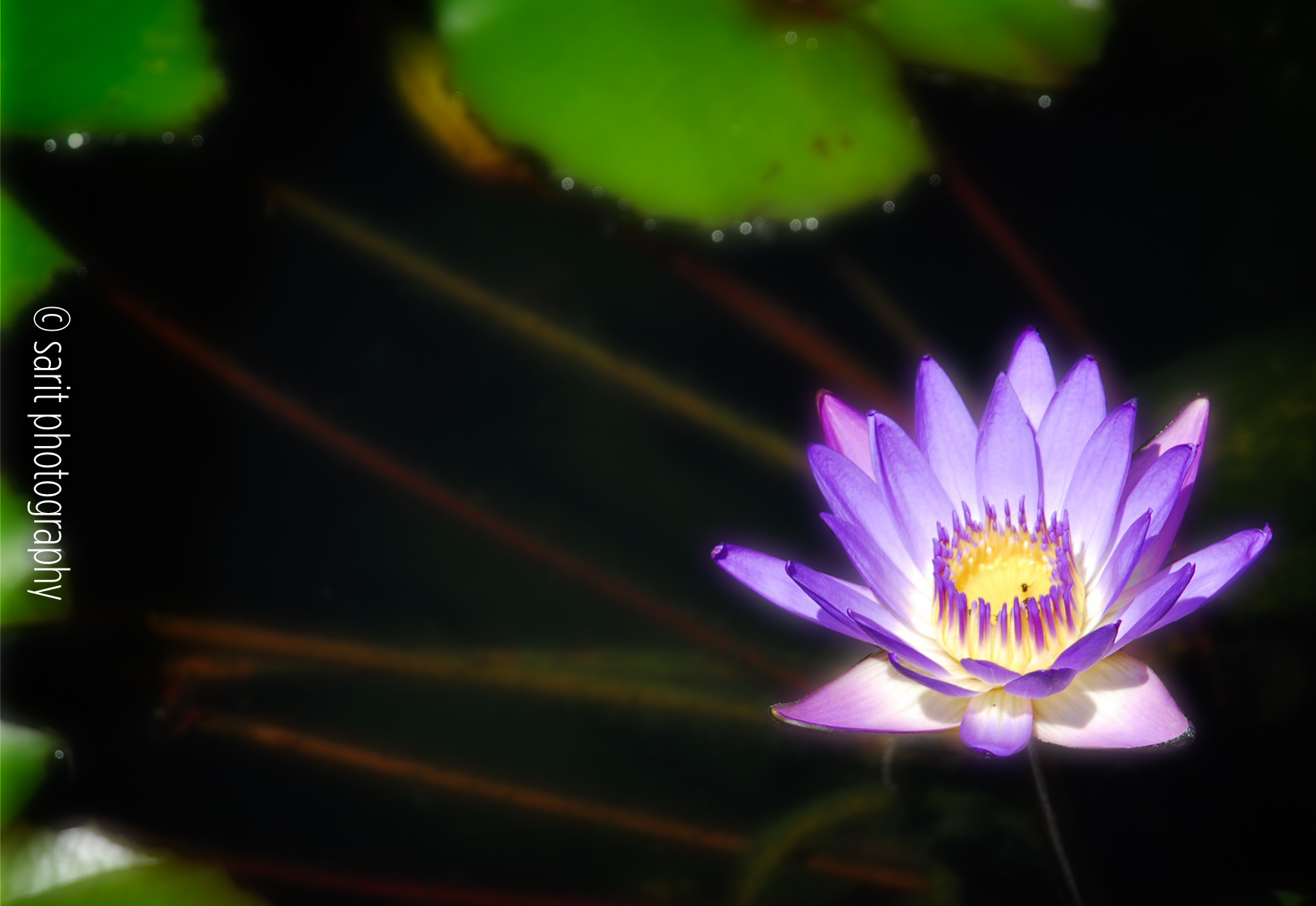Pockets of Peace

Even in chaos, we can slow down just enough to become aware of something less activated.
I teach trauma-informed yoga in the shadow spaces, the places we avert our eyes from–the places we pretend don’t effect us: prisons, jails, homeless drop in centers. We practice where we can, often in the midst of chaos and often with the underlying current of vigilance.
For these folks, there isn’t an ability to fully “drop in” and rest or self-regulate. That would be dangerous. Most of us can’t imagine what that might feel like, always sleeping with one eye open, or better yet, sleeping in the day time because it’s simply safer. Or sleeping with your back to the wall, your boots on and eyes half mast because your cellie isn’t a pal. We have no idea what it means to be in these circumstances.
In fact, I might suggest that many choose not to know because it is easier to look the other way.
I didn’t start doing this work because I think I can save the world.
That is delusional.
I started this work because it hurt on a cellular level to witness this level of suffering. While it is not shocking that human beings treat others like animals, it is still outrageous. It often leaves me speechless.
The suffering I’m talking about is bone cold, a winter wind rustling through the pores of the heart. Bearing witness to this is potent medicine, and in and of itself a Pocket of Peace. We need to be seen and those who are otherized are rarely ever truly seen.
A few instructions for inviting in Pockets of Peace
Grounding
1: Sitting practice:
Sense into any area where you can feel the downward sensation of gravity. Is it your seat, your feet on the floor or tucked underneath you?
Is it your hands resting on your lap?
As you notice this, what else do you notice?
Is there a sense of connection?
A sense that you are landing?
Is there a deeper breath?
Did your shoulders settle a little bit?
One CYCLE OF BREATH where one feels even a little bit at ease (Say 2-5%), that is a Pocket of Peace.
2: Standing practice:
Stand with feet hip distance apart or any distance if you are being stealth.
Wiggle your toes and sense into all 4 edges of your feet: heels, toes, sides. Move your toes like a cat’s paws when they’re happy and kneading.
Imagine you have suction cups on the bottom of your feet (think lizards or frogs when they climb a wall!).
Now…Imagine roots growing into the earth from your feet, connecting you, grounding you.
If you have the ability to use movement, begin to sway from the ankles, side to side, maybe even forward and back. Notice how you are still connected. Here, you are still breathing with the images above.
If you are unable to do movement and are working stealthily, use the breath.
Bring in an image of your inhale calling up energy from the earth, ascending the front body, then bring in an image of your exhale descending back down the back body and into the Earth. You are creating a circle of grounded energy around you. No one needs to know what you are doing. You can do this sitting or standing with the homies!
Boom: A Pocket of Peace!
Orienting
This one is tricky. Inviting folks to orient in a prison and asking them to find something that helps them feel safe or more like themself is not the greatest choice. Trust me, I made this mistake: Once. Fortunately, I was able to do a repair and name my error and lack of skillfulness. The guys were kind and jovial about it and appreciated my candor. Phew.
We can orient to sound, touch, taste!
This is what I do now:
I invite folks to orient inward, noticing anything in the body that feels pleasant or less bad. If folks are open to closing the eyes, another iffy ask, I might ask them to orient to something in the mind that feels pleasant or neutral.
Another thing I might do is invite folks to orient to self contact that feels soothing: hand to the heart, hands on thighs, gently moving back and forth.
We need to be able to orient in order to for our nervous system to know we are safe or relatively safe. Exploratory orienting is part of our social engagement (ventral vagal of the polyvagal system). Defensive orienting is what happens in the threat response and is what I witness the most in these environments. Inviting a more exploratory practice inward offers a …..
Pocket of Peace!
Some other stealth practices:
Lean on a railing, notice the support. Is there a deep breath?
Lean on a wall, notice the support. Is there a deep breath?
The basic idea is to use kind awareness to notice what is happening right now, in THIS moment. We want to encourage awareness of the here and now. Trauma takes us to the “then” and “when.” Being present, invites a pause, and potentially a cycle of breath.
One lifer said this to me after I taught: “I may be imprisoned here, but I am a free man on the inside.”
That is ultimately what I hope to inspire: a door opening to internal freedom.
With Love and Embodiment,
Sarit

 Previous Post
Previous Post Next Post
Next Post